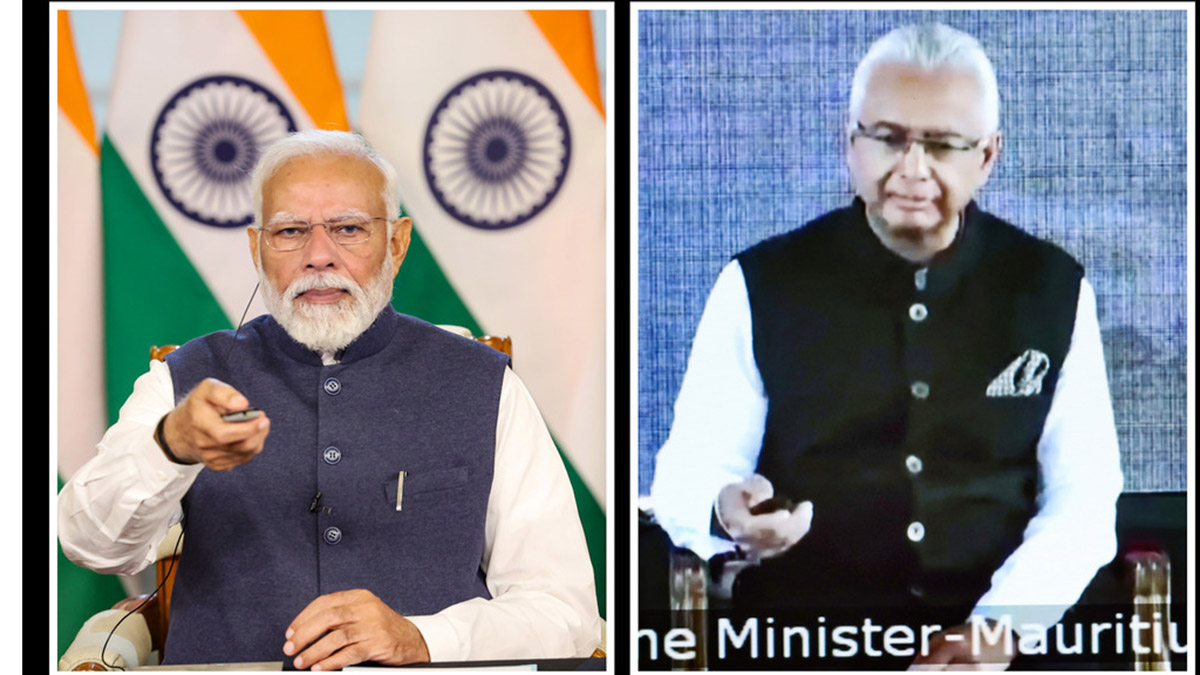The Aam Aadmi Party (AAP), led by Delhi Chief Minister Arvind Kejriwal, created history this year by winning the Punjab Assembly elections. With this victory, the AAP became the only regional party to rule two states. Both these states are in the Hindi heartland. But Kejriwal also realised that to become a national phenomenon, the need of the hour is the AAP’s expansion.
One of the main targets of Kejriwal’s party in terms of expansion is the state of Gujarat. This state is synonymous with Prime Minister Narendra Modi and Home Minister Amit Shah. Kejriwal is aiming to win back the traditional Congress supporters by focusing on the urban voter base and promising to implement the Delhi model of governance, which is centred on a number of freebie schemes.
How Kejriwal has taken over control of Gujarat campaign
Recently, the AAP has fought elections in three states: Goa, Punjab, and Uttarakhand. Kejriwal gave the responsibilities to leaders like Atishi for Goa and Dinesh Mohaniya for Uttarakhand. However, he appointed Raghav Chaddha for the state of Punjab. According to AAP insiders, Chaddha is one of Kejriwal’s closest confidants. This is why, by appointing Chadha, the Delhi chief minister himself monitored the Punjab campaigns, which aided the party greatly. On the other hand, party insiders believe that the AAP did not perform very well in Goa and Uttarakhand because the campaigns were not monitored by the Delhi chief minister’s office directly on a day-to-day basis.
On 8 June, the AAP dissolved the entire organisational structure of its Gujarati unit. This occurred as Kejriwal appointed one of his closest confidantes, Sandeep Pathak, to lead Gujarat. Pathak is presently a Rajya Sabha member of the AAP and is credited with being one of the driving forces behind the party’s triumph in Punjab. Based on his feedback, Kejriwal reconstructed the unit of the party in Gujarat. Sources inside the AAP confirmed that the Delhi Chief Minister, with the appointment of Sandeep Pathak, has taken over the day-to-day campaigning of the party in Gujarat.
How AAP is focusing on booth-level oganisation building
According to the AAP leaders, right now, the key focus of Kejriwal’s party is not to hold massive rallies or meetings in Gujarat. The focus of campaigning will be on organisational structure building at the booth level. The AAP has already constituted around 182 teams for the 182 constituencies of Gujarat. The sources in the party confirm that in the minds of the top leadership, it is clear that in this election, defeating the BJP would be a difficult task. That is why right now the key target of the party is to become the number two in the state. Historically, the Congress has been the key opposition in Gujarat to the BJP.
The Congress has been out of power in Gujarat for over 27 years. However, in the last Assembly elections in 2017, the grand old party lost to the BJP by a narrow margin of just 22 seats and a vote share of just over 8 per cent. But after the defeat, the party has witnessed several important people leaving the Congress, the most recent being Hardik Patel of the Patidar community. The AAP has decided to utilise this discontent within the Congress.
Along with the booth level organisational building, the party has decided that Kejriwal and Punjab chief minister Bhagwant Mann will hold roadshows and meetings regularly in the state. Delhi deputy chief minister Manish Sisodia will also play a key role in this Gujarat campaign, confirmed the sources in the Aam Aadmi Party. The AAP has already held a 21-day Parivartan Yatra across over 600 villages for booth level organisational building.
Recently, the AAP has also joined hands with the Bharatiya Tribal Party (BTP) in a bid to capture the tribal votes of the state. This party is also helping the AAP at its booth level connect.
Why is AAP focusing on urban voters?
The Gujarat Assembly has 182 seats. The state is unique in terms of its massive urban and rural divide when it comes to electoral politics. The BJP, which sweeps the state, has a strong voter base in the urban areas like Ahmedabad, Baroda and Surat. After this, they also get a certain number of votes from the rural sections of Gujarat. On the other side, the Congress performs well in rural and tribal areas while performing poorly in metropolitan areas. In the 2017 Vidhan Sabha elections, the saffron party won 99 seats and got one-third of the total number of seats from the major cities of Gujarat. The state has around 42 urban seats, which are spread across eight major cities.
***
Also Read
How Punjab poll results will redefine Arvind Kejriwal’s political future Why Arvind Kejriwal thinks being part of Opposition grand alliance will not help AAP How Arvind Kejriwal has best chance to emerge on national scene and challenge BJP Why AAP chief Arvind Kejriwal is again taking on BJP and Narendra Modi***
The AAP believes that with the growing discontent with the Congress and with the help of the Bharatiya Tribal Party, Kejriwal can gain some seats in the rural section of the state. Meanwhile, keeping in mind their good performance in the civic polls in Surat and Gandhinagar municipal corporations, the party is trying to focus more on the urban sectors. In the Gandhinagar municipal corporation elections last year, the AAP won around 22 per cent votes.
The vote-share of the Congress came down from 47 per cent to 28 per cent. Kejriwal’s party also did well in Surat, where it received around 28 per cent of the votes; 17 per cent in Rajkot; 8 per cent in Bhavnagar; and 7 per cent in Ahmedabad municipality elections.
How AAP plans to woo rural voters using Delhi Model
Gujarat has around 127 semi-urban and rural constituencies. Historically, these voters are more inclined towards the Congress. The AAP believes that with the growing infighting within the Congress, the people of these areas will try to find a suitable alternative and that’s how the chance of Kejriwal’s party will increase. In the last election, the Congress won around 72 seats from the semi-urban and rural constituencies. The BJP won only 55 seats in these areas.
The Delhi style of governance would be the AAP’s best chance of winning over rural supporters. Kejriwal’s party has already launched a campaign to demand free electricity, which is gaining support among farmers. The Delhi model of governance is based on a series of free public welfare schemes, which include free education, free healthcare, free bus travel for women, free electricity till 200 units, and many others. The AAP would like to talk about these schemes in Gujarat so that the rural voters can connect better with the party and shift from the Congress but not go to the BJP. The party has already started talking about how it has developed the government school in the national capital. From the experience of Punjab, the AAP has realised that rural voters connect better with these issues.
How AAP is focusing on Patidar community
The AAP is aware that the Patidar vote must be taken into account for any entry into Gujarat. Along with Mehsana, the community which accounts for around 14 per cent of the state’s population, is dispersed throughout north Gujarat, Saurashtra, Ahmedabad, Gandhinagar (in the centre of Gujarat), and Surat.
Mehsana, a BJP stronghold, is the AAP’s toughest challenge. In the 2017 Assembly elections, the BJP won five seats and the Congress two out of the seven constituencies in Mehsana — Kheralu, Unjha, Kadi (SC reserved), Visnagar, Becharaji, Vijapur, and Mehsana. The AAP, however, intends to fight back and expects to replicate its Surat civic election success in Mehsana. With Hardik Patel joining the BJP, the AAP believes it may be able to take over the anti-BJP territory he left in Mehsana and other Patidar-populated districts.
The author is an independent journalist based in Kolkata and a former policy research fellow at the Delhi Assembly Research Centre. He tweets as @sayantan_gh. Views expressed are entirely personal.
Read all the Latest News , Trending News , Cricket News , Bollywood News , India News and Entertainment News here. Follow us on Facebook , Twitter and Instagram .


)




)
)
)
)
)
)
)
)